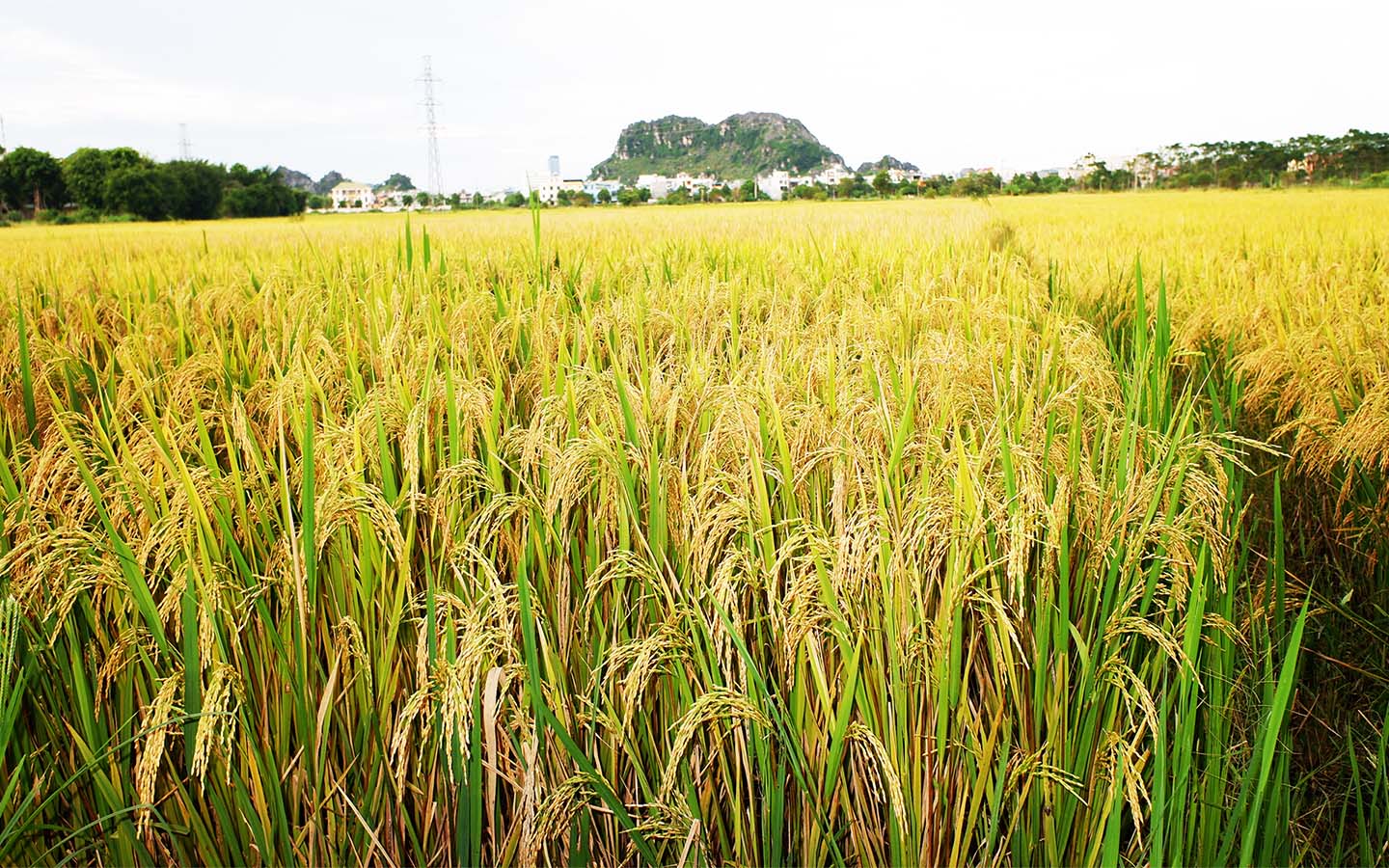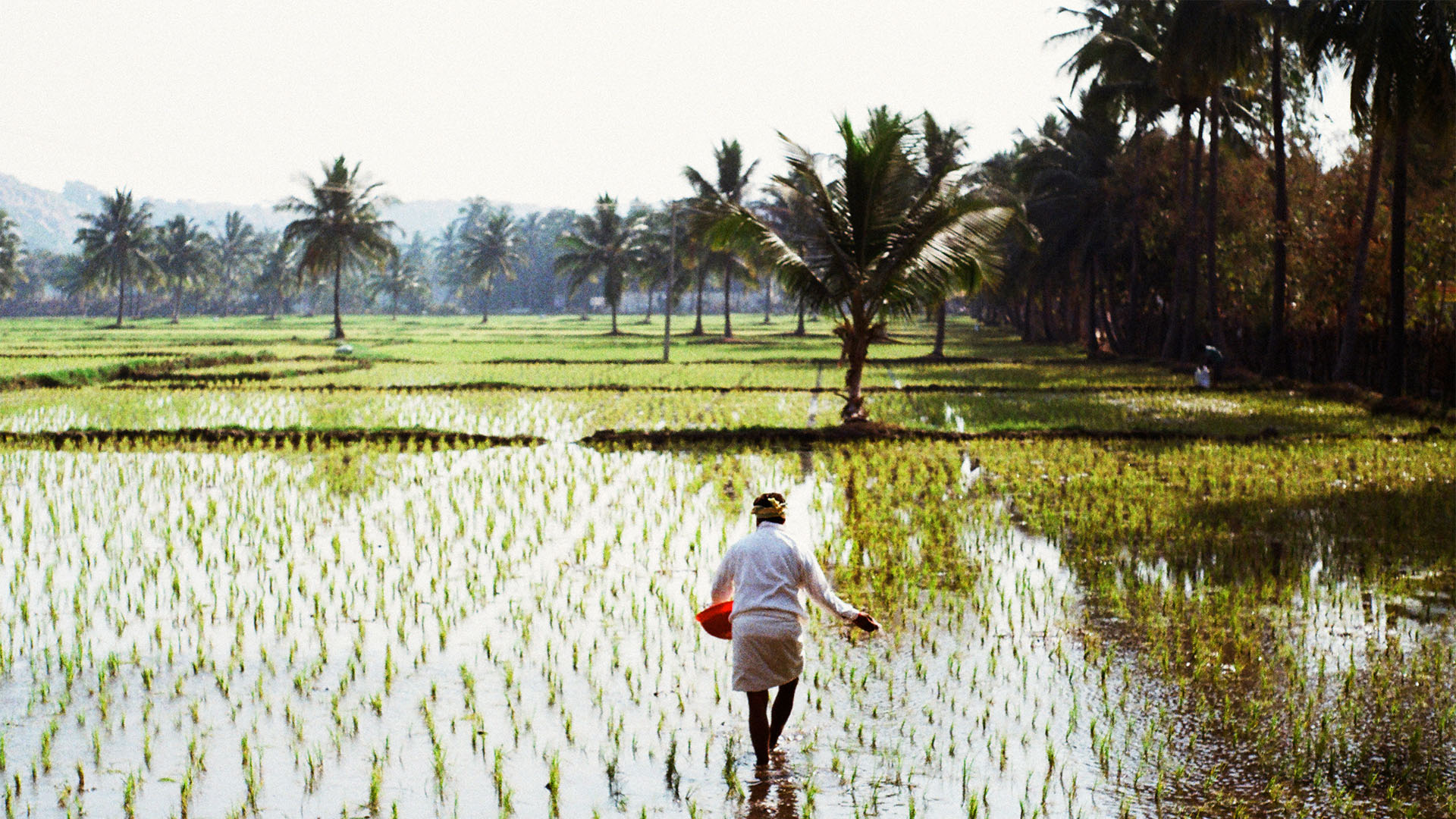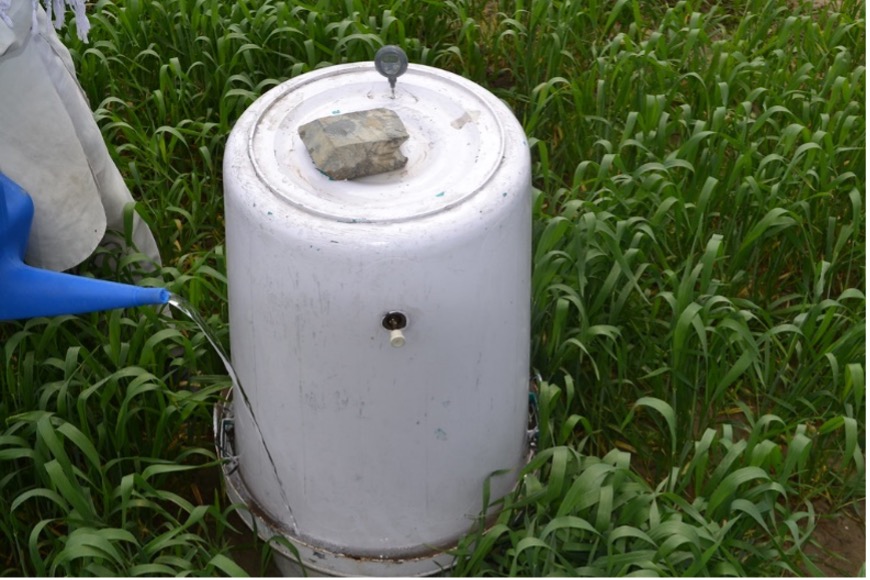Methane Reduction and Carbon Credit
29April 2022 | Blockchain | Real World | Carbon Credit| Sustainable Agriculture

Methane emissions are driving climate change. Methane is 21 times as potent as carbon dioxide at trapping heat in the atmosphere over the course of a century (according to IPCC second assessment report), but it has an ‘atmospheric lifetime’ of around 12 years, whereas carbon dioxide molecules hang around for hundreds of years. This means that if humans stop adding extra methane into the environment, we can reduce overall methane levels and thereby bring down global temperature.
Global per capita rice consumption is on the rise and agriculturists are adopting to new technologies in order to increase rice cultivation. However, we need to be aware of certain agriculture practices as paddy cultivation requires more water and emits more methane, which is a potent Green House gas.
Transplanted Rice technique – Traditional technique used by farmers that contribute to high methane emissions
For centuries, farmers use Transplanted Rice technique, that is fields are continuously irrigated with water to maintain anaerobic conditions (absence of oxygen). Also, paddy saplings are germinated in a nursery and then are transferred into the field manually. These conditions prevent excess weed growth and thus reduces the required fertilizer quantity.
Methane is the second major greenhouse gas, after carbon dioxide, and agriculture accounts for 40% of these emissions. Although farm animals are a major source, flooded rice paddies emit as much as 500 million tons, which is around 20% of total manmade emissions of this gas.
The Intergovernmental Panel on Climate Change has estimated that rice cultivation is a major contributor to global warming.
With heavy flooded conditions, soil in the paddy field becomes puddled and becomes anoxic (devoid of dissolved oxygen). And in these conditions, microbes that break down plant matter produce methane.
Puddled soil traps huge quantities of methane, which is then escapes into the atmosphere during wet tillage, harrowing, transplanting and weeding.
Rice plants themselves also have a system of releasing methane through their leaves called methanogenesis. The rest escapes either by bubbling upwards or when the soil finally dries out. On average, the soil is fully waterlogged for about four months each year.
Advantages:
- Historical practice – The technique is widely used for rice cultivation
- Government incentives and schemes are targeted towards traditional techniques that include irrigation, fertilizer subsidy etc
Disadvantages:
- Excess water consumption
- Increased methane emissions

Sustainable agrarian methodologies:
There are 3 methodologies that can be adopted to reduce water usage and thus reduce methane emissions with a good crop yield.
- Change of water regime: Water supply in the field can be changed from continuous flooding to intermittent/short duration flooding.
- Alternate Wetting drying method: It is a method of controlled and intermittent irrigation where in fields are allowed to dry for few days before re-irrigation, without stressing plants.
Dry Seeding technique: It is a technique where in dry/pre-germinated seeds are sown in the soil as opposed to germinated saplings.

Advantages:
A combination of these techniques can result in:
- 60-87% reduction in Methane gases per season
- Water saving
- No Environmental Impact Assessment is required
- Direct seeding of rice always reduces methane emissions from the crop and can be up to 90%, but that depends on methods used and the water management system.
Disadvantages
- Risk of seeds blown away or eaten by birds
- Complex irrigation equipment is needed.
- No significant Government recognition/ incentives are provided to farmers for adopting these methodologies
Pre-requisites for adopting the above mentioned project methodologies:
- Project area should be a highly irrigated and a flooded field.
- Not applicable to upland or deep-water fields (where rainfall is the main source of irrigation).
- Should be equipped with controlled irrigation and drainage equipment
For double-crop – Rice straw is ploughed back into the field for less than 30 days. The Rice straw is not fully mineralized. Hence, readily fermented Carbon components will be more, thus more methane emissions. Methane emissions: 1.0 (kgCH4/hectare/day)Project proponents
- Training and technical support (field preparation, use of fertilizer, irrigation) – provided as part of the project
- Crop’s supplemental N fertilization need will be determined as a part of project proponent
- Assurance of – No local regulatory restrictions
- Necessary infrastructure to measure CH4 emissions using closed chamber method and laboratory analysis will be provided as part of the project.
- Aggregated annual emission reductions – less than or equal to 60 kt CO2 equivalent (or 60,000 CoUs/carbon credits per year)
Stipulated Parameters to be documented by farmers:
- Sowing date
- Fertilizer, organic amendments, and crop protection application (date and amount)
- Water regime on the field (e.g., “dry/moist/flooded”) and dates where the water regime is changed from one status to another
- Name and address of the farmer
- Size of the field
Organic amendments that measure methane emissions:
- Compost – do not affect emission reductions
- Green manure – do not affect emission reductions
- Farm yard manure – do not affect emission reductions
- Rice straw:
- For a single crop – Rice straw is ploughed back into the field after the harvest of the crop and left there for more than 30 days. The straw is already mineralized, being left in the dry field. Therefore, readily fermented Carbon components will be less, hence fewer methane emissions. Methane emissions: 0.29 (kgCH4/hectare/day)
- For double crop – Rice straw is ploughed back into the field for less than 30 days. The Rice straw is not fully mineralized. Hence, readily fermented Carbon component will be more, thus more methane emissions. Methane emissions: 1.0 (kgCH4/hectare/day)
Chamber design for methane measurement
Chamber material:
- Transparent – only suitable for short term exposure
- Non – transparent – longer spans; with a lid that is kept open between measurements.


- Placement in soil:
- Fixed base – non corrosive material; tight sealing of chamber; bores in the submerged section to allow water exchange; remains in the field for whole season.
- Without base – open lid to allow escape of eventual ebullition.
The Clean Development Mechanism (CDM) requires the application of a baseline and monitoring methodology to determine the number of Certified Emission Reductions (CERs) generated by a mitigation CDM project activity. The practices mentioned above adhere to UNFCCC approved CDM Methodology: AMS-III.AU. – Methane emission reduction by adjusted water management practice in rice cultivation.
TRST01, along with Sow and Reap, is engaged with FPOs in assisting farmers and encourages sustainable practices. We collect data from farmers practising sustainable agricultural methods and digitize them using blockchain technology. TRST01 also uses IoT Sensors and Satellite Pictures to Create Digital Twins that provide data provenance for easier assimilation for carbon credits measurement.
It allows the farmers to generate carbon credits and earn an extra income, thus aligning the company’s objective toward United Nations Sustainable Development Goals –Social, Economic and Environment well-being. For further details, Contact: neelima.p@trst01.com spoorthi.p@trst01.com
References:
Cornell biologists aim to grow ‘bugs’ responsible for …. https://news.cornell.edu/stories/2002/02/nsf-grant-grow-methane-producing-microbes-lab
Climate change – Natural History Museum, London. https://www.nhm.ac.uk/discover/climate-change.html
Climate change – Natural History Museum, London. https://www.nhm.ac.uk/discover/climate-change.html
CDM – SSC WG. https://cdm.unfccc.int/Panels/ssc_wg/meetings/037/ssc_37_an18.pdf
For further Details, Contact: neelima.p@trst01.com spoorthi.p@trst01.com
Share Blog on: